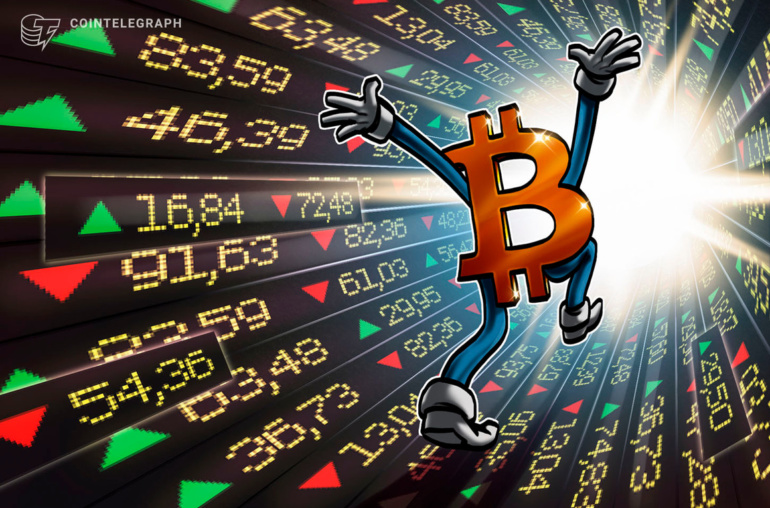If you’re involved in the world of video games and online gaming then you know that the skins market is huge. These customizable outfits and accessories have the power to elevate an in-game character’s image and even abilities. So, lets take a look at what this industry could mean for NFT gaming assets. Not surprisingly, people pay top dollar for skins in video game universes. Take the Dragon Lore AWP skin which is associated with the CS: GO gaming universe. This skin easily commands hundreds of thousands of dollars and is even listed for almost half a million dollars on some marketplaces. Skins have become an accepted part of the gaming economy and, believe it or not, have great implications for NFTs as well.The Overlap Between Skins and NFT Gaming Assets At their core, it is worth noting that NFTs and skins are hardly dissimilar. Skins are virtual outfits and accessories that can be bought and sold and used within specific gaming universes. If you are familiar with GameFi, then you’ll know that NFTs attached to GameFi projects are often sold this way. They also tend to have similar functionality and access, with some in-game characters being NFTs in themselves. The major difference between the two is that one (NFTs) is based on blockchain technology while the other is not. Also, one is more acceptable in the mainstream than the other. While there are those outside of the gaming community who would be appalled that anyone would spend hundreds of thousands on a CS:GO skin, it is nowhere near the vitriol that major NFT purchases see. The good news is that the recent popularity of gaming skins and their massive digital economy could just be trickled down into the NFT space. Why the Skins Market Can Positively Affect NFTsAs we’ve established, video game skins and their online marketplaces have found their footing in the mainstream and this can translate to the NFT space as well. Most notably, the enduring growth of the skins market shows that there is a long-term future for NFTs. Gamers have been paying money for in-game features and outfits for years and even as this evolved into the skins market we know now, the demand has not faltered. Whether it is younger players saving up in-game tokens to buy a coveted skin or older ones paying the equivalent of a house for a rare skin, gamers will pay for in-game assets. NFTs have already proven themselves to be capable of delivering these benefits and while critics dismiss them as a fad, the skins market shows that there will be a demand for them in the future. At this point, it is simply up to the NFTs space to leverage its connection to gaming skins. How NFT Gaming Assets Can Leverage ThisOne of the first and most obvious ways that the NFT space can take advantage of this development is by further emphasizing NFTs as a way to buy and sell skins. The non-fungible nature of these assets means that gamers can be assured that they are getting truly rare items. This is especially important given that skins command their prices partially based on rarity. Also, the fact that NFTs ownership transfer can be so easily traced means that more security can be offered to gamers. That is also important given the fact that skins theft is an ongoing problem in the gaming community. In that sense, NFTs can be positioned as similar to skins but with benefits attached. This might not be the easiest of sells considering that NFTs’ used by gaming giants such as Gamestop has not been without its controversy. However, if more top gaming companies emphasize the functionality of NFTs-as-skins for their players, the controversy could be put to rest. After all, it’s hard to argue that NFTs are a scam if you’re using them to buy and sell your precious gaming skins. Then, there are those who are not involved in gaming or NFTs but have heard of skins. This demographic could have NFTs marketed to, with an emphasis on how similar they are to gaming skins. The average person might not understand ‘non-fungible token’ but could grasp ‘like a tradeable gaming skin but for art or music or anything else’. In many ways, this all comes down to a branding issue; NFTs do similar things to what skins already do but are battling years of negative publicity. If this could be overcome and the public is able to see the clear links between an existing concept that is already trusted and a newer one, NFTs could see a spike in use. Conclusion It is clear that the benefits that NFTs provide are in demand within the gaming community. The skins market shows that custom and rare digital accessories never go out of fashion. If the NFT sector can take advantage of this boom in skin sales, it can position itself in the gaming industry and beyond. Want more? Connect with NFT PlazasJoin the Weekly NewsletterJoin our DiscordFollow us on TwitterLike us on FacebookFollow us on Instagram*All investment/financial opinions expressed by NFT Plazas are from the personal research and experience of our site moderators and are intended as educational material only. Individuals are required to fully research any product prior to making any kind of investment.Tokoni Uti has written extensively on blockchain and cryptocurrency for years. Her work has appeared on sites like BTCmanager and Blockchain Reporter. She has a degree in Corporate Communications.
Source link



